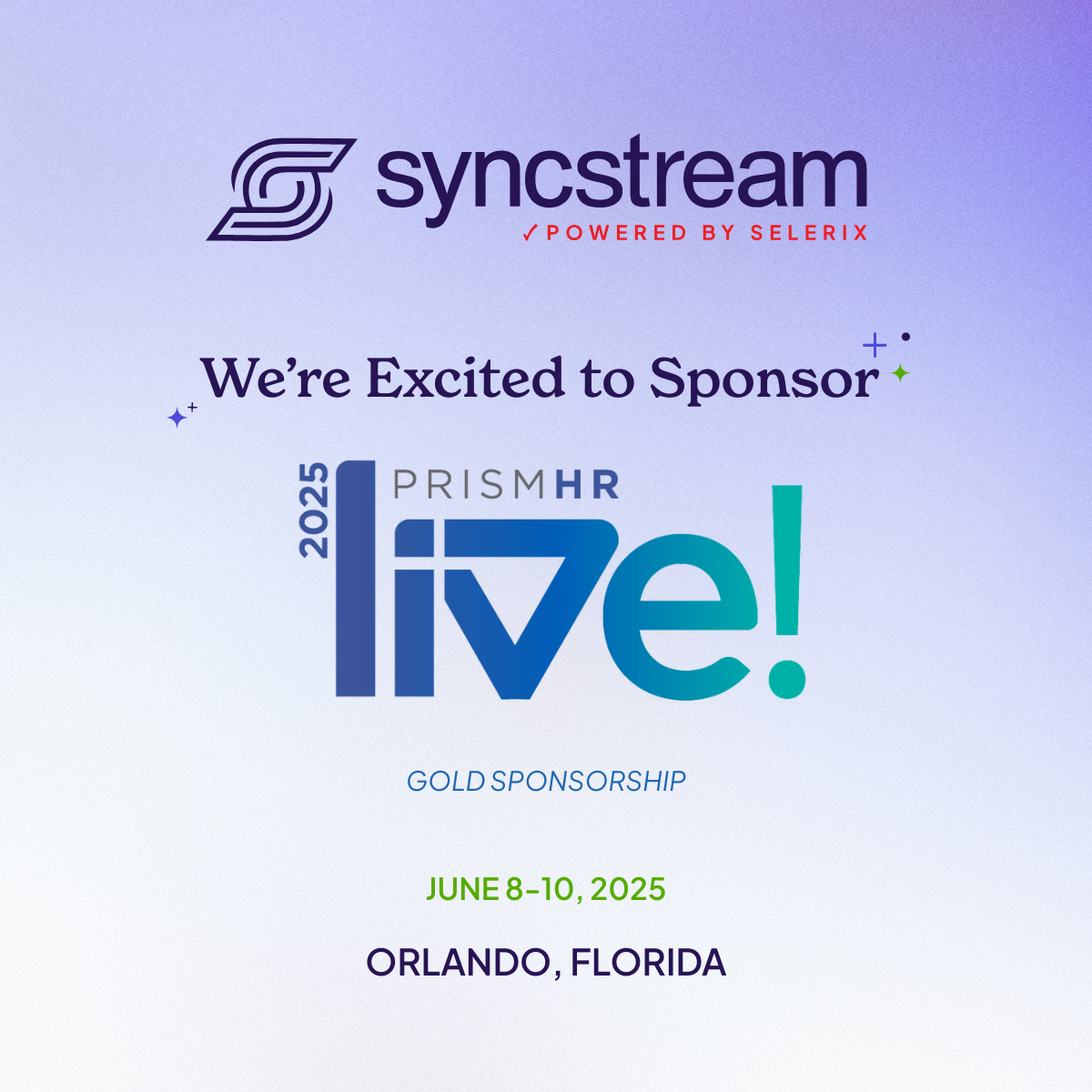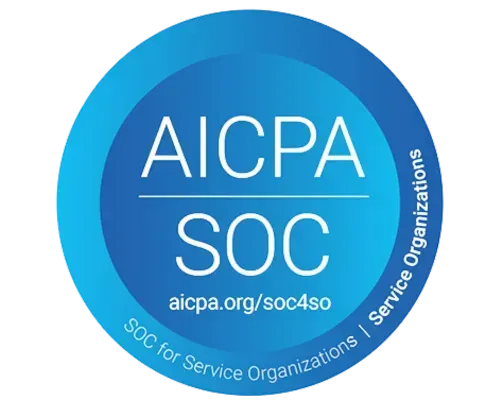Celebrating Our Teachers: Teacher Appreciation Week and the Breaks in Service Rule
Sean Cooper • May 12, 2023
Celebrating Our Teachers: Teacher Appreciation Week and the Breaks in Service Rule

Teachers not only impart knowledge, but also inspire and shape future generations. As we celebrate Teacher Appreciation Week, it's important to recognize and appreciate the hard work and dedication our educators demonstrate daily in the classroom. However, there's more to being a teacher than meets the eye, and one aspect worth discussing is how the Affordable Care Act (ACA) impacts teachers, specifically through the "Breaks in Service"
rule.
The Affordable Care Act (ACA),
enacted in 2010, significantly changed the American healthcare system. Among its various provisions, the ACA introduced the "Breaks in Service" rule, which affects how employers, particularly educational institutions, calculate full-time equivalent status to offer health insurance.
According to the ACA, full-time employees
are those who work at least 30 hours per week on average. The Breaks in Service rule defines returning workers as rehires if a break in service (the time between the day they left and the day they came back) is less than 13 weeks.
On the other hand, employers can designate someone rehired beyond the 13 weeks as a new hire.
Under the ACA, employees of educational institutions
have protection for benefit eligibility as breaks in service are now excluded from the measurement period, ensuring a more accurate determination of employees' calculated full-time status under the ACA. With this provision, many teachers can stay within the required threshold of averaging 30 hours of service per week (or 130 hours per month) to qualify as full-time employees. This rule is particularly relevant for teachers who may take breaks in service for various reasons such as summer break, sabbatical, maternity, or personal leave.
For example, if a teacher's or a school employee's work hours are measured from January through December but does not work from June through August due to summer break, those zero hour pay periods would lower their average by the end of the measurement period. The educational breaks provision rectifies this issue by providing a more accurate representation of the actual hours worked by school employees, ensuring fair assessment and benefits allocation.
Most breaks in service follow a consistent pattern across a school district; however, year-round schools can present unique challenges due to teachers' varying schedules and work hours. Additionally, school employees may hold multiple roles with different pay rates or work at several schools simultaneously. Administrations must establish a robust tracking process to monitor employees with dual-pay rates accurately and those employed at multiple locations, ensuring fair assessment and benefits allocation.
As we celebrate Teacher Appreciation Week, it's essential to recognize the challenges that educators face beyond their classroom responsibilities. The Breaks in Service rule of the ACA is just one example of how legislation compliance is vital for educational institutions.
The SyncStream Difference
Compliance solutions capable of managing breaks in service data, both for individual employees and collectively, offer significant advantages when dealing with school systems. SyncStream provides an effective solution for ACA compliance and tracking breaks in service, streamlining the process for educational institutions and other academic organizations.
With its comprehensive features and customizable approach, SyncStream ensures accurate reporting and management of employee data, helping schools maintain compliance and efficiently navigate the complexities of ACA regulations.
Teacher Appreciation Week is an opportunity to express gratitude for our educators' incredible work and an important time to recognize educational institutions' unique challenges in managing breaks in service and maintaining ACA compliance. A solution like SyncStream simplifies the process and ensures accurate tracking and reporting of employee data. By embracing such comprehensive tools, schools can effectively navigate the complexities of ACA regulations, allowing them to focus on their primary goal - providing quality education and support for the dedicated teachers who shape our future generations.

If you’ve ever found yourself squinting at ACA terms that read more like acronym soup than common sense, you’re not alone. For many employers, keeping up with the Affordable Care Act still feels like navigating a maze — one lined with confusing terms, shifting standards, and high-stakes consequences. The frustration is real. So is the risk.

If you thought last year’s compliance season was a challenge, buckle up. 2025 is already shaping up to be a regulatory rollercoaster, with HR teams in the front seat. Executive orders are emerging, ACA reporting requirements are shifting and IRS scrutiny is on the rise. And that’s just the stuff we know about.



